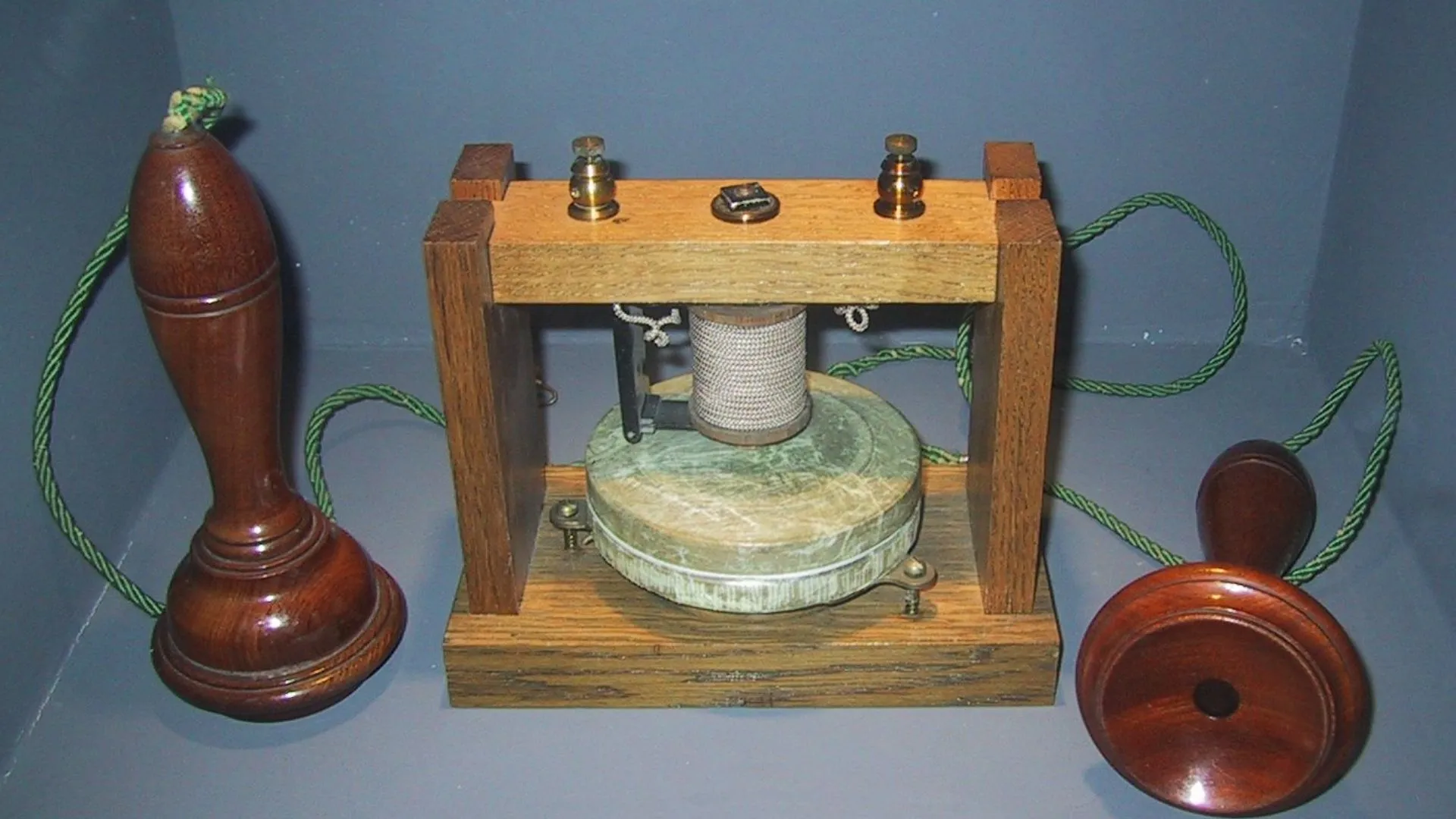Copyright Interesting Engineering

There was a time when the average person’s words traveled no faster than trains or horse-delivered mail. The telegraph had already proven that electricity could carry coded messages across vast distances, but it was a specialized system, available mostly to trained operators and businesses. For ordinary people, a conversation still required physical presence. The idea that you could speak to someone far away and have them hear your voice instantly felt closer to magic than technology. Yet one autumn afternoon in 1876, an experiment in Massachusetts changed that forever. A voice crossed from one shore to another, not via a messenger, but via wire, bridging the distance in real time and opening a door into a future of instant communication. This moment appeared modest, just two men, a laboratory, and a crackly connection, but it marked the beginning of something far greater. The transformation of how humans exchange ideas, tell stories, develop relationships, conduct business, and organize societies. The leap from telegraph to telephone Before this breakthrough, the telegraph reigned as the dominant means of rapid long-distance communication. But it transmitted only dots and dashes. Codes that a human operator would interpret. Alexander Graham Bell was working in Boston on improving telegraphy when he realized that what was needed was not merely a faster alphabet, but a system that could carry the sound of human speech itself. On March 10, 1876, in his laboratory, Bell uttered the memorable phrase “Mr. Watson, come here! I want to see you” into his newly developed device, and his assistant in the adjacent room heard it. Just months later, on October 9, 1876, Bell and his assistant Thomas A. Watson made the first recorded two-way telephone call over outdoor wires, spanning across the Charles River in Massachusetts. It lasted hours. This conversation didn’t just demonstrate the potential of transmitting voice. It confirmed that the technology could work beyond a closed room. The device itself used a diaphragm to pick up sound waves, an inductor coil around an iron core to convert vibrations into an electrical current, and a receiver that reversed the process at the other end. In Bell’s patent language, “the rate of oscillation in the electrical current corresponds to the rate of vibration of the inducing body… the intensity of the current varies with the amplitude of the vibration.” The key was a variable (undulatory) current rather than the on/off pulses of telegraphy. This breakthrough, though often associated solely with Bell, was the culmination of many strands. Inventors such as Johann Philipp Reis in Germany and Antonio Meucci in Italy had earlier explored voice transmission over wires. But Bell’s design proved robust, commercially viable, and swiftly scalable. Within a year of that demonstration, telephone lines were being laid and the first telephone exchanges opened, reshaping communication at its core. From first call to future connections What began as a laboratory curiosity transformed into an immense network that carries the modern world. That single call across a river in 1876 laid foundational ideas for switching networks, amplifiers, long-distance cables, undersea fiber optics, satellites, and ultimately, mobile networks and the internet. Communication is no longer just voice transmitted on a wire. It is global, instantaneous, multi-modal, and wireless. Technologies like 5G are now mainstream, and researchers are already planning 6G networks. These promise not just faster speeds, but integration of sensing, real-time artificial intelligence, non-terrestrial nodes (such as satellites and drones), and near-zero latency. That afternoon in 1876, a simple phrase bridged two men across light poles and wires. But it was only one milestone in a long continuum of innovation. From the early tinkerers who first imagined electrical speech to the engineers who built continental cables, digital switching, satellites, and wireless networks, countless inventors have pushed the limits of how far and how fast a human voice can travel. Today, the world carries billions of conversations, data streams, images, and live events across interconnected systems that evolved from their collective efforts. And tomorrow, as networks increasingly sense, adapt, and extend into the skies and beyond, we are poised for another transformation. One whose roots lie in generations of people determined to turn distant communication into an everyday reality.



